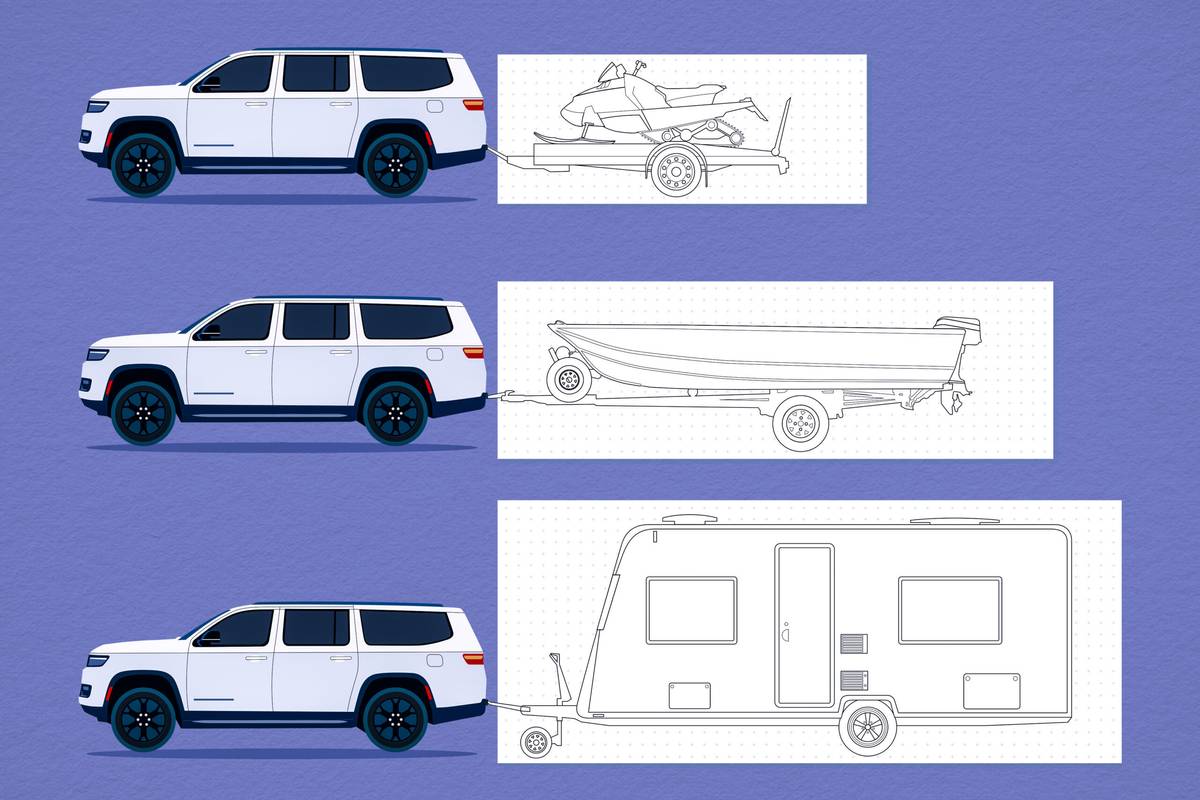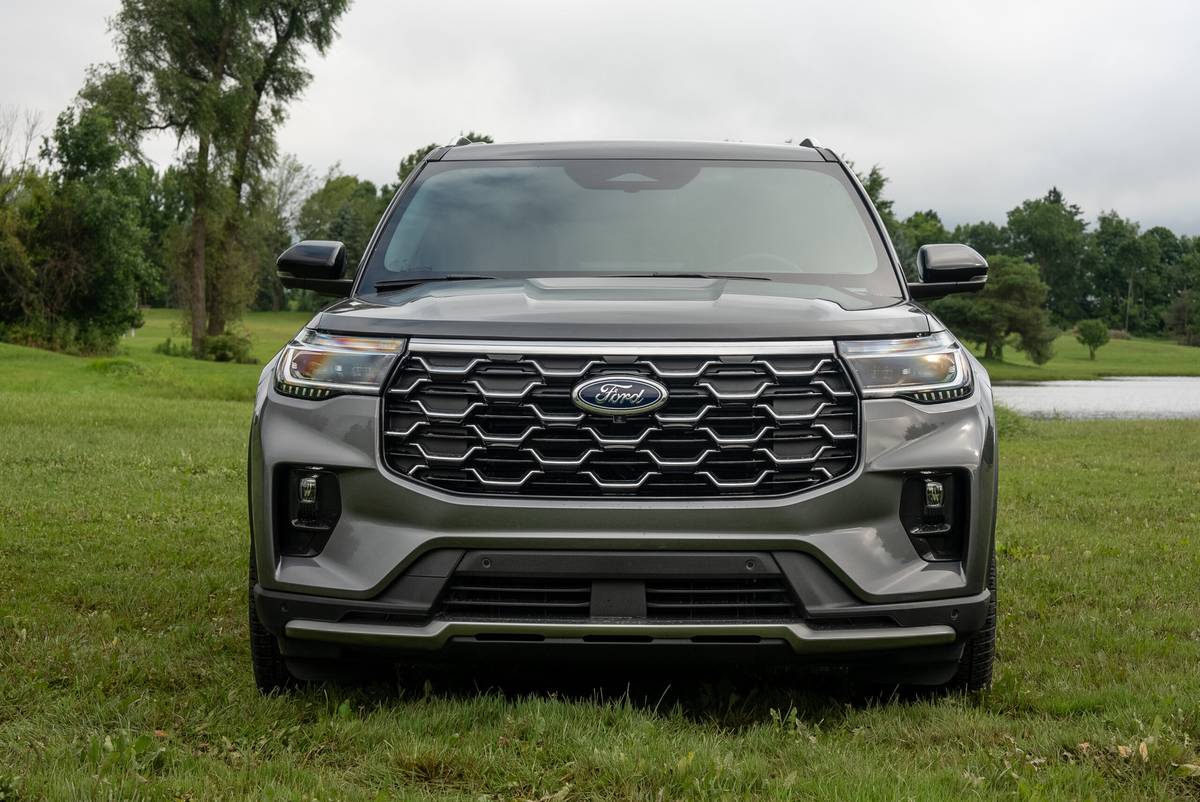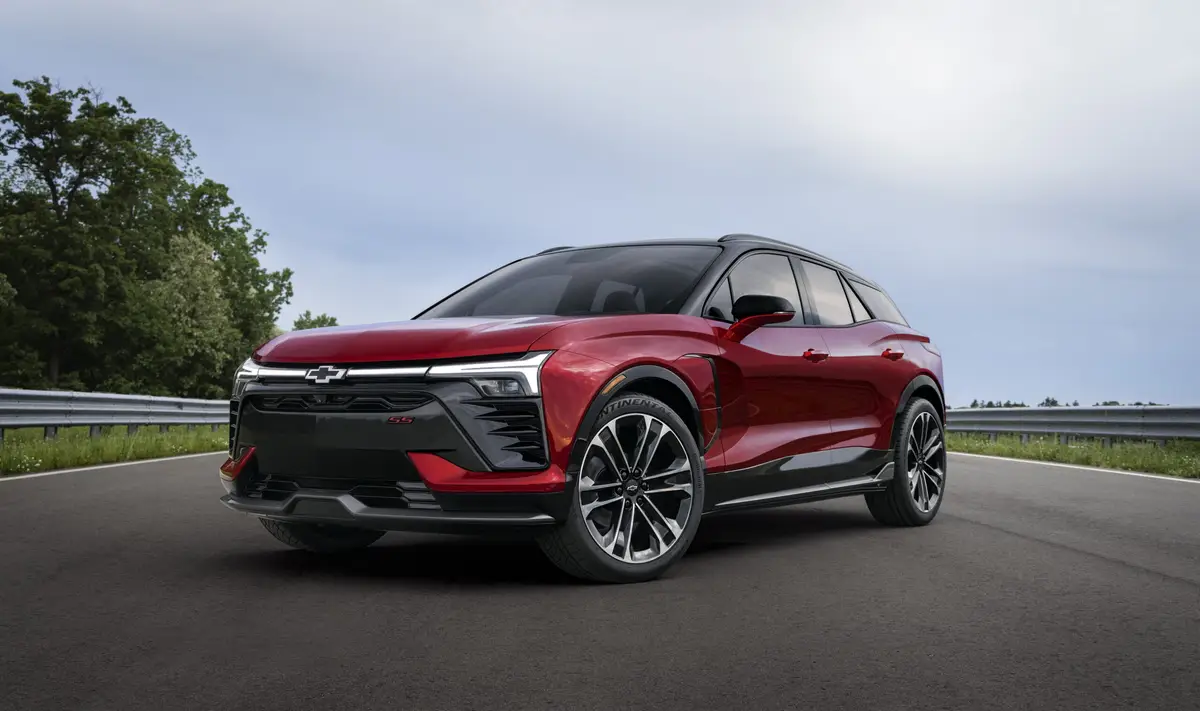Texas Truck Showdown 2016: Towing Braking
The braking distances between the five max-tow trucks spanned just 10 feet from the best to worst, but these trucks threw out the anchor in varying degrees of comfort and control. Our 60-mph-to-zero braking tests were measured both empty and with a 1,750-pound payload. The payload brought three of the trucks close to their maximum calculated payload, and exceeded the max calculated payload of the 2016 Ram 1500 and 2016 Toyota Tundra. The goal was to see how well each truck handled an equal payload within what we think is a reasonable amount truck owners concerned about maximum capabilities would want. To slow the trucks to a stop, we used the "dynamite" method of emergency braking in which the trucks were sped up to a steady 60 mph before stomping on the brake pedal to simulate an emergency braking situation.
How They Drove Empty
The 2016 Chevrolet Silverado stopped slightly shorter than its corporate sibling, the 2016 GMC Sierra. A total of 2.7 feet separated the two. Both trucks exhibited a positive, confident brake pedal when empty.
Behind the Sierra in third was the Ram 1500 at 144.5 feet with a controlled, well-mannered stop with minimal fuss from the brake pedal, though after two stops the brakes exhibited that unmistakable "please, no more" smell. The Tundra stopped in 145.1 feet, and the 2016 Ford F-150 rounded out the field at 148.8 feet. The Tundra's brake pedal had the least-confidence-inspiring feel of the group with the loudest antilock braking system. Under full braking force, the Tundra's brake pedal went uncomfortably far to the floor and was an unresponsive, mushy mess.
The 2015 F-150 has typically been up front with the best stoppers in other PickupTrucks.com tests while providing a surprisingly carlike stopping experience. This particular F-150 couldn't stop as short as the rest of the field, perhaps because of the equipped Michelin Energy Saver low-rolling-resistance tires. It might have something to do with this specific truck's brakes as well, but what's typically one of the best braking performers just didn't have the stuff to stop this go-around.
How They Drove Loaded
The Sierra and Silverado had the shortest stopping distances, again — at 145.5 feet and 148.8 feet, respectively — and had confident pedal feel even after repeated stops. Both, however, exhibited uncomfortable undulations during emergency braking with 1,750 pounds of payload. The trucks rocked back and bounced all the way down to a stop. The similarities between the two aren't surprising given they are related trucks using similar suspensions, brakes and tires, though it's slightly unsettling with that much payload.
The F-150 didn't stink up the show as badly when loaded, and it posted a respectable 154.9 feet from 60 mph. The Tundra and Ram 1500 fell apart on the braking test loaded (or rather, overloaded) with 1,750 pounds. The Ram carried almost 500 pounds more than its maximum calculated payload, and the Tundra exceeded its maximum calculated payload by almost 600 pounds, so we weren't surprised to see the degraded braking performance of 158.2 feet for the Tundra and 161.6 feet for the Ram, which brought up the rear. We should note all three of these players had a considerable amount of bed sag when loaded with our standardized payload.
Cars.com photos by Evan Sears and Angela Conners
Overview | | Braking | |

Featured stories



